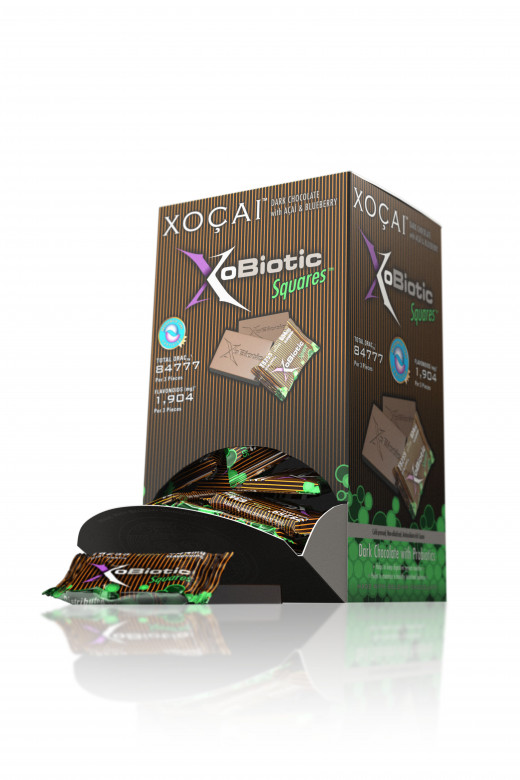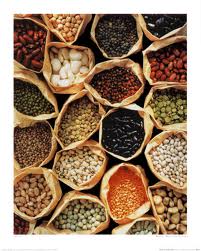8 STEPS TO A HEALTHY DIGESTIVE SYSTEM: WHY EFFECTIVE PROBIOTICS ARE ESSENTIAL


We dietitians love to talk about digestion. And the fact is, your digestive tract is hugely important to your overall function.
Think about times you haven’t felt well…have had indigestion, an upset stomach, or constipation. You couldn’t think, were perhaps a little crabby… In addition, a sluggish digestive tract can keep you from losing weight and sap your energy needed to function throughout the day.
As the situation gets worse, you may experience gas and bloating, constipation, diarrhea, acid reflux, skin problems, headaches, urinary tract infections, inability to lose weight, poor sleep, and food cravings – particularly for sugar laden foods.
80% of your immune system is in your GI tract and the health of it influences not simply how you feel, but also how you think. A gut feeling is a real thing. A healthy gut facilitates the production and function of neurotransmitters, mood and brain function.
There are about 100 million bacteria cells in your GI tract at any given time. This is more than 10 times the number of cells in your entire body! Maintaining an ideal ratio (9:1) of beneficial bacteria to harmful bacteria is recognized as an important protection of good health.
More than 200 studies have linked low probiotic levels to at least 170 different health issues, including Celiac disease, leaky gut, Irritable bowel syndrome, insulin resistance, diabetes, common colds, flu and pneumonia, cancer, liver dysfunction, Dermatitis, eczema, acne, chronic fatigue syndrome, food sensitivities, weight gain and obesity.
So the key is to nourish the good bacteria and inhibit the growth of harmful micro-organisms within our GI tract. There are several things you can do:
1. Reduce or, better yet, banish sugar from your diet. This is no small feat. Sugar is in practically everything - from processed snacks and cereals to juices, condiments, nuts and sauces. This means you are required to be a label reader extraordinaire!
2. Eliminate artificial sweeteners. Have you read the label on your toothpaste lately? Many non-beneficial bacteria thrive in the acidic environment artificial sweeteners cause. And some create an environment which is harmful to the beneficial bacteria, such as the chlorine molecule that is a by-product of Sucralose.
3. Eat fermented foods. These are foods that have been developed through cultures over the centuries both as a way of preserving foods and to enhance health and well-being. Fermented foods include buttermilk, Indian lassi, yogurt, kefir, kimchee, sauerkraut, tempeh, pickles, olives and yes, beer! And while it takes a lot of fermented foods to effect much change, it is easy to incorporate these foods into nearly anyone’s diet. Make sure that the dairy foods you are eating have live cultures that were added after the pasteurization process.
4. Purchase organic food that is free of pesticides. Pesticides and their residues kill off the beneficial bacteria, while many of the harmful ones are resistant.
5. Minimize use of antibiotics. Don’t take them yourself, unless absolutely necessary. Purchase organic meat, poultry and eggs that are free from life-long antibiotic exposure. Avoid antibacterial soaps which get into your body through absorption and make their way to your digestive tract.
6. Don’t drink chlorinated water. If you use water from a public or chlorinated source, filter it. Chlorine creates an acidic environment which depletes the beneficial bacteria.
7. Eat lots of good organic raw or lightly cooked vegetables. Vegetables contain prebiotic fibers, nutrients that feed the good bacteria. They also inhibit the growth of bad bacteria as part of the process of metabolism. Prebiotics are also found in raw honey, fruit and legumes. Inulin is a resistant starch now added to may baked goods and snack bars as fiber. It was developed from chicory, and is an effective prebiotic, as is fructooligosaccharide (FOS).
8. Take a Probiotic. Some years ago, the American Medical Association made headline news when it announced its’ recommendation that every person take a multivitamin supplement. Now, many nutritionists, doctors and health researchers think that consuming a good source of probiotic bacteria daily is more important than taking a multivitamin. A good probiotic will aid in digestion, enhance vitamin synthesis and mineral absorption, balance your intestinal micro flora, promote vaginal health, and support your immune system. Take probiotics on an empty stomach 15 to 20 minutes before a meal. At this time the ph of your stomach is close to neutral and they are most likely to get into the gut.
So, although there are a number of things you can and should do to balance the flora in your digestive tract, none are as effective or beneficial as introducing healthy probiotic organisms. So follow the 8 steps as best you can, and take beneficial bacteria as part of your daily health regimen. The result will be you feeling, thinking, and living better!
Please read part 2 http://billigrossman.hubpages.com/hub/WHAT-IS-THE-BEST-PROBIOTIC








